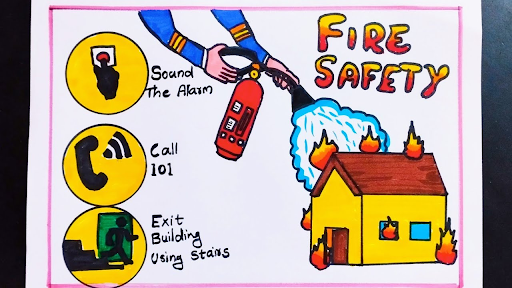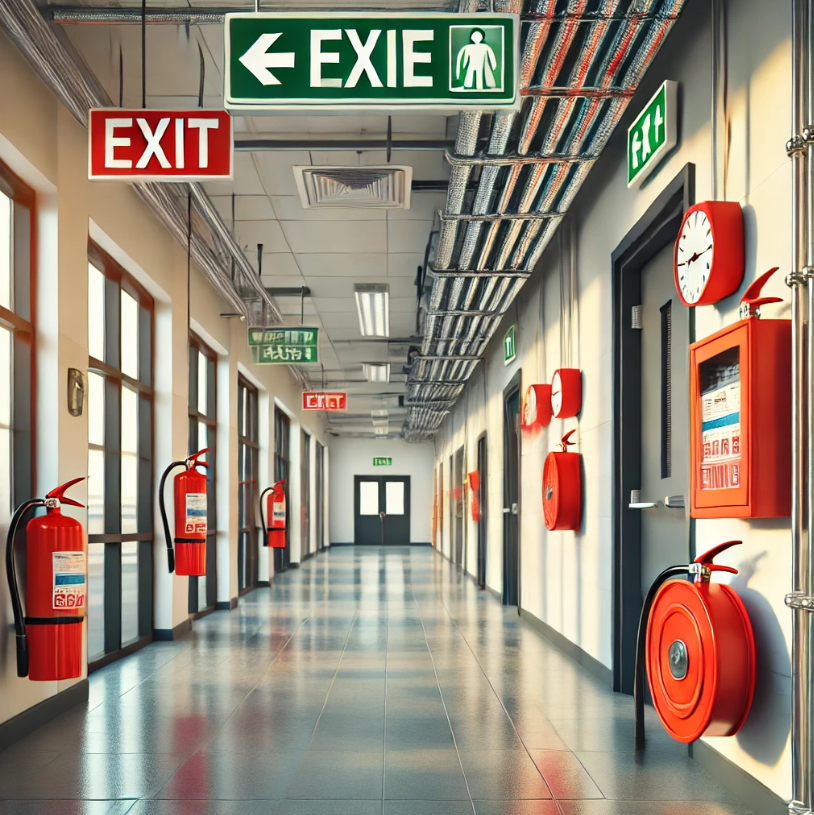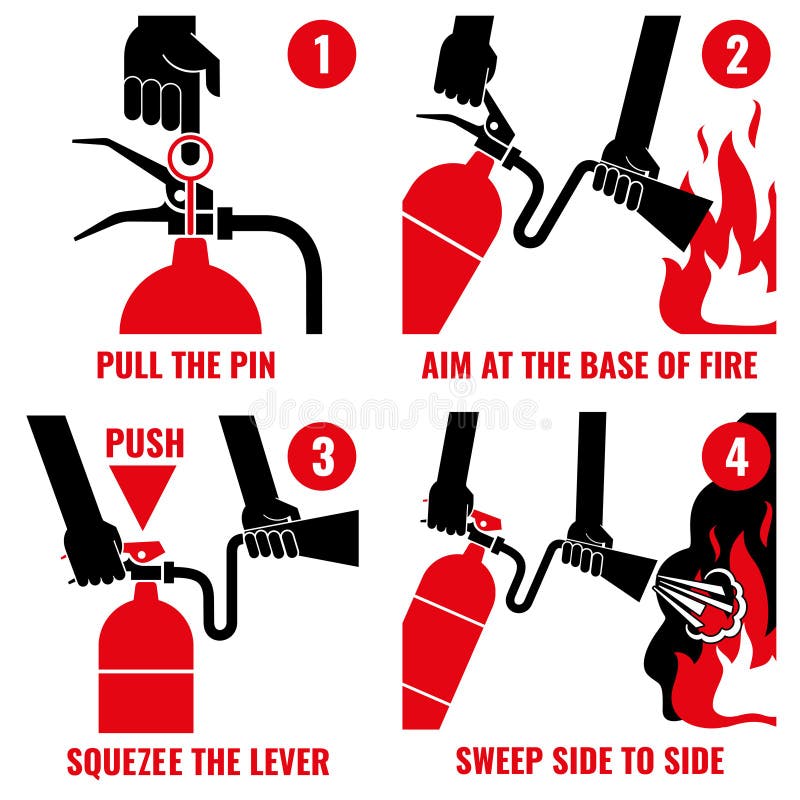Fire safety is crucial in schools, especially for students and staff. Without a plan, panic and fear can ensue. To prevent severe disasters, schools should develop a comprehensive fire safety plan. Neglecting this can lead to negative consequences, so it’s essential to implement changes to improve safety plans.
Let’s take a look at fire safety tips to keep schools safe from any fire disaster.
Fire Safety Requirements For Schools
-
School Fire Alarms
The quick detection of fire helps everyone run off the school campus. Therefore, schools should have a fire alarm system to become alert in the event of a fire. These must be kept in reliable operating condition so regular testing and maintenance is imperative.
We provide expert fire alarm system installation and maintenance services. Our installation complies with all legal requirements, prioritising your safety and optimal system performance.
-
School Fire Extinguishers
A fire extinguisher is another essential safety equipment for schools. The prime function of this fire safety tool is to control or extinguish small fires in case of emergency. To ensure their efficacy in the event of a fire, opting for a fire extinguisher service like regular maintenance and inspections is essential.
Additionally, every school campus should be equipped with fire extinguishers strategically placed both indoors and outdoors. This ensures a rapid response to fire.
-
School Fire Evacuation Plan
A fire can occur at any time and anywhere. Schools need to be ready to safely and swiftly evacuate both staff and pupils. The following is an essential framework for creating a fire escape plan for your school:
- Draw Floor Plans: Create clear floor plans highlighting all emergency exits with exit lights, including stairwells.
- Designate Evacuation Routes: Map out primary and secondary evacuation routes for each classroom and location.
- Assign Roles: Appoint evacuation leaders for each class and floor. These leaders ensure everyone exits safely and accounts for students.
- Practice Makes Perfect: Conduct regular fire drills (at least twice a year) to familiarise everyone with the plan.
- Meeting Point: Designate a safe meeting point outside the building where everyone gathers after evacuation.
- Special Needs: Develop specific evacuation procedures for students with disabilities, ensuring they receive necessary assistance.
Don’t Forget
- Stay calm and follow instructions.
- Don’t use elevators. Use stairs for evacuation.
- Feel doors before opening. Don’t open hot doors.
- Crawl low under smoke.
- Once outside, stay at the designated meeting point.
5 Fire Safety Tips For School
-
Set Out Inspections and Maintenance
Plan regular checkups and maintenance of school buildings to maintain fire safety. Summer is an ideal time for identifying any repair and replacement of fire safety equipment.
Consider maintenance of systems like fire alarms, fire sprinkler systems, extinguishers, and exit signage to keep them up to date. Additionally, materials that don’t catch fire also help to prevent fires.
-
Start landscaping
Maintaining well-kept landscaping is essential for fire safety because it keeps open space free and assures clear exits. It also reduces risks during evacuations.
-
Reduce Fire Risks
By conducting a comprehensive inspection of fire safety systems, you can prevent fire risks. Therefore, hire expert technicians to assist you with professional fire safety services and offer the best solutions according to your state fire laws and regulations.
-
Review Fire Safety Policies & Procedures
Understanding fire safety policies and procedures can be beneficial for both new hires and experienced staff members. The review process must incorporate already revealed information, fresh insights from prior years, or findings from current inspections.
-
Free Access To Buildings
To provide the fire department with easy entrance and departure, the National Fire Protection Association requires open access to structures, including doors, windows, and passageways.
Fire Safety Poster For Kids Awareness

School Fire Safety Inspection Checklist
Examine your school’s evacuation routes, alarm systems, and other elements to make sure they are up-to-date and ready for a fire. Inspections for school fires must be carried out at least once a year, but ideally more frequently than every six months.
Procedure
- Make sure fire alarms are functioning and getting checked regularly.
- Throughout the school, place fire extinguishers in strategic locations and do necessary inspections.
- Make sure evacuation routes are well-marked and clear of barriers and debris.
- Verify that all exit signs and emergency lighting are operational.
- Keep electrical systems code-compliant and well-maintained.
- Keep ignited things away from the source of ignition.
- Enforce all smoking restrictions strictly to prevent risks from entering campus.
Case Study – Our Lady of the Angels School Fire – A Tragic Reminder
On December 1, 1958, Our Lady of the Angels, a Catholic elementary school in Chicago, was destroyed by a fire. The school, built in 1910, had a “grandfather clause” in the city’s fire code, but did not have modern safety features.
The fire began in a trash barrel and spread through the building, causing significant damage. The school’s fire was attributed to inadequate exits, design flaws, inadequate evacuation procedures, overcrowded classrooms, and high second-story windows.
N8 Fire & Safety: Your School’s Safety Partner
Safeguarding our children is paramount. That’s why we offer comprehensive fire safety solutions tailored to schools. From fire alarm installations to extinguisher maintenance, we ensure your campus is protected.
Trust a well-founded fire safety company to get peace of mind and protect your school community. Your Safety Is Our Top Priority
FAQs
Punishment for pulling the fire alarm in school?
In the event of a fire or emergency, the objective of pulling a fire alarm is to safeguard persons and property by triggering a swift and coordinated reaction. Setting off a fire alarm is considered a highly serious crime.
Therefore, according to the state, it may lead to criminal charges, fines, penalties, or even legal liability.






